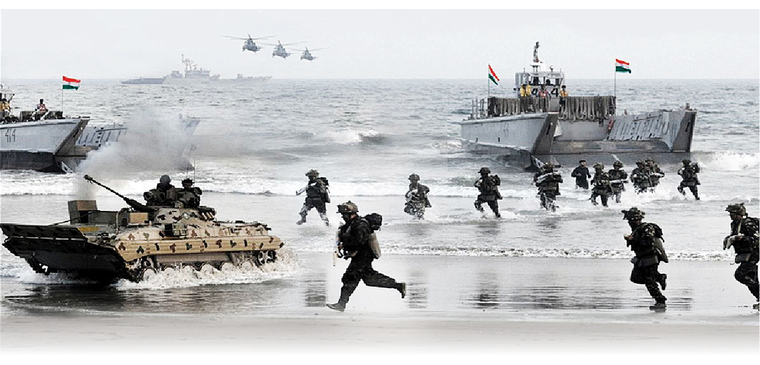
Indian Military Reforms: Delays, Dispassion and Dissociation
 Sun, 15 Jan 2023
| Reading Time: 5 minutes
Sun, 15 Jan 2023
| Reading Time: 5 minutes

India’s Prime Minister, Narendra Modi will attend the Combined Commanders’ Conference in Karwar in March 2023. Chief of Defence Staff (CDS), Gen Anil Chauhan will also be present. It is expected that the Indian military leadership will take decisive steps towards creating the much-awaited military theatre commands during this meeting. Three services are likely to present their views on the proposal, in writing, in presence of the Prime Minister.
The three service chiefs have a consensus over the creation of theatre commands. Is it the protection of one’s turf that is inordinately delaying such significant reforms, or are the issues much more complex that an outsider doesn’t understand?
Whatever may be the reason, any further delay would give an undue advantage to India’s sworn enemy China. As I brought out in my article “Integrated Theatre Commands: India Needs to Think Big,” reforms are not the end of the problems; rather, they are like lights that illuminate things which simply had no form for us before the lights fell on them. We turn on the lights here, there, and everywhere, and the limits of thought recede before it. Therefore, major integration issues will crop up once India starts implementing for the reforms.
Every Reform Has Teething Troubles
Russia went in for joint strategic commands in 2014, and China implemented theatre command concepts in 2016. If one tries to pinpoint what all is lacking in the Russia-Ukraine war, the jointmanship stands tall among all the drawbacks Russian forces have displayed. The conditions of Chinese forces won’t be much different if they indulge in any war.
This explains China’s desperation to test its forces against the Indian, American, and Japanese forces on a day-to-day basis before jumping into a full-fledged war. Unfortunately, India has not even gone down that path to ascertain what issues it would face while running the joint commands.
While India has been dilly-dallying for decades, China is busy learning from the U.S. military concepts. Their latest concept of Multi-Domain Precision Warfare (MDPW) to align their forces from cyber to space is one such push. We may call them copycats or whatever, but they are desperate to counter the Pentagon’s Joint All-Domain Command and Control (JADC2) initiative.
As per the U.S. Department of Defence annual “China Military Power Report,” the core aim of MDPW is to interlink command and control, communications, computers, intelligence, surveillance and reconnaissance (C4ISR) to coordinate firepower and expose foreign weaknesses quickly.
Once the MDPW concept is implemented, it will help the Chinese forces to identify key vulnerabilities in the Indian operational system. Based on those, in a war, the Chinese forces could launch precision strikes against Indian vulnerabilities through kinetic or non-kinetic means. PLA has named the collapse of the enemy’s operational system, networks, and infrastructure using MDPW as the next way of war.
The command information systems would be capable of providing forces and commanders with enhanced situational awareness. This would help them in decision-making and provide support for more effective joint missions and tasks. Chinese President for life, Xi Jinping, would love to hear that his forces are getting ready to win informatized local wars.
MDPW is heavily dependent on artificial intelligence, big data analytics, and advanced computing. The American chip ban policy is hurting the MDPW concept, but not for long. Once China enhances its chip-making capabilities through R&D or stealing, the MDPW concept will come back to haunt India again.
Therefore, just like the Indian Navy has a limited window of an edge in the Indian Ocean, the chip ban provides India with a unique but limited window to kick-start the reforms and prepare the forces to fight a modern war in the coming years.
The Growing China Threat
A recent news item that China plans to increase its current 400 nuclear warheads to 1,500 by 2035 caught everyone’s attention. What most people missed or ignored as trivial, is that China is in a rush to acquire emerging technologies such as artificial intelligence (AI), autonomous systems, semiconductors, quantum technologies, and advanced materials that would have severe military implications for countries like India.
As per a recent report by Belfer Center for Science and International Affairs, China has displaced the US as the world’s top high-tech manufacturer. The report further states that China has become a serious competitor in foundational technologies such as artificial intelligence, 5G, semiconductors, quantum technology, biotechnology, and green energy. The report stressed that it has already overtaken the U.S. in some areas.
Look Within for Solutions
India would understand the requirements of a modern force better once the joint theatre command reforms are kicked in. Then, it would be easy for Indian military leadership to include the above-mentioned foundational technologies with a clear vision.
Following are some of the challenges modern joint Indian armed forces would face:
- Need for a unified information technology system standard
- Integrating artificial intelligence capabilities in ISR; autonomous vehicles; information warfare; electronic warfare; simulation; training; predictive maintenance; and target recognition
- Space-based communication and analysis of earth observation datasets
- AI-guided technical reconnaissance, surveillance, and prediction of cyber-attack
- Overestimation of present AI capabilities & over-dependence
- Over-dependence on technology could lead to the centralization of decision-making that Chinese forces already suffer from
- Lack of a National Defence University that teaches joint concepts; even though the idea of the Indian Defence University (IDU) was conceived in 1967, the foundation stone was laid in 2013, and a draft bill was put online in August 2016, but it still awaits cabinet approval
- Lack of understanding of the nitty-gritty of modern warfare among troops and senior commanders alike
Schrodinger’s Cat Trap
Indian armed forces must avoid Schrodinger’s dead cat — live cat trap. That means, while there is no denying the importance of technology, over-dependence on unproven concepts and technology could cost a force heavily. This is the exact case with the PLA. Some obscure PLA officer coined the concept called ‘intelligentization,’ and the whole Chinese leadership from top to bottom is gung-ho about it. Most Chinese military leaders have little or no understanding of the concept. Seniors are embarrassed to show their ignorance, and juniors are terrified to question the wisdom of seniors.
Half-hearted efforts like the five years old Joint Doctrine, Indian Armed Forces are other areas of concern. The 2017 document didn’t give in-depth insight into the Indian jointmanship. A lot has happened in the last five years, and it is time to update the joint doctrine with a sharper focus and better vision. The United States and China have done the same. Requirements of such documents further highlight the importance of the creation of the Indian Defence University.
Delays Would Stymie Indian Growth Story
From the preceding, it is evident that the future wars would be good mix of technology and conventional warfare concepts. Technology should be the slave of human and not vice versa. Economic growth and technology would be the guiding forces of modern warfare, and it looks like China is headed in that direction, though not as nimbly as it would like to.
China has 30,000 global businesses and over 100 million Chinese travel worldwide every year. China is preparing to protect them with the expansion of its hard military power. Between 2014-2018 China launched more warships than what is the combine strength of the British, Indian, German, Taiwanese and Spanish navies put together. There is an underlying message in that kind of preparation.
India is among the fastest-growing major economies in the world. Even if India is not planning to fight wars in far-flung areas, it would need to protect its ever-expanding businesses and the diaspora in a world that is getting more chaotic with every year going by.
That means, while presently Indian peacekeepers patrol the disputed regions of the world for the United Nations, in years to come, same forces would be involved in power projection and dispute resolution worldwide for the country’s sake. And that day is not too far. The Indian forces need to realize this and buckle up.
Disclaimer
The opinions expressed in this article are the author’s own and do not reflect the views of Chanakya Forum. All information provided in this article including timeliness, completeness, accuracy, suitability or validity of information referenced therein, is the sole responsibility of the author. www.chanakyaforum.com does not assume any responsibility for the same.
Chanakya Forum is now on . Click here to join our channel (@ChanakyaForum) and stay updated with the latest headlines and articles.
Important
We work round the clock to bring you the finest articles and updates from around the world. There is a team that works tirelessly to ensure that you have a seamless reading experience. But all this costs money. Please support us so that we keep doing what we do best. Happy Reading
Support Us





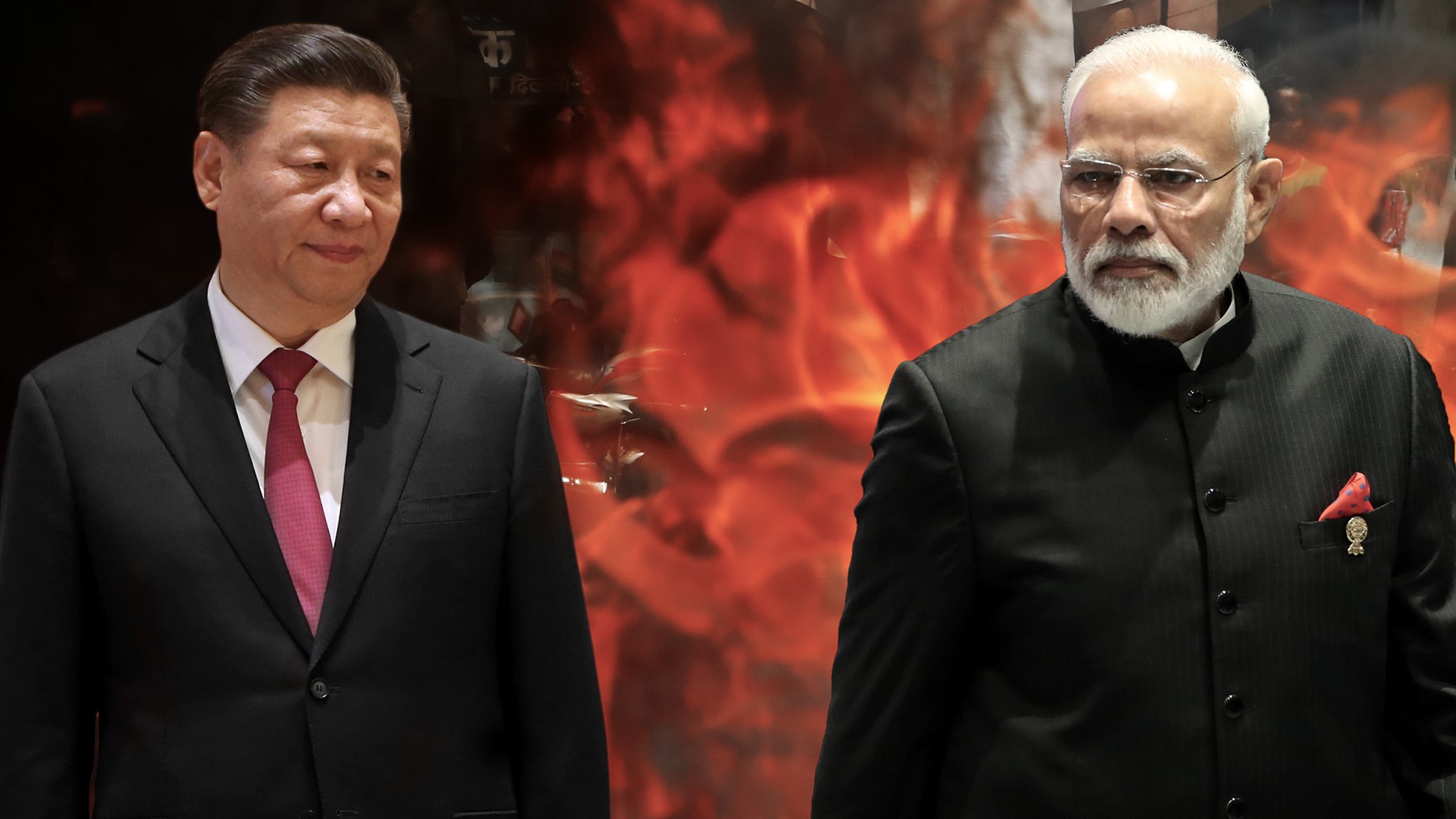
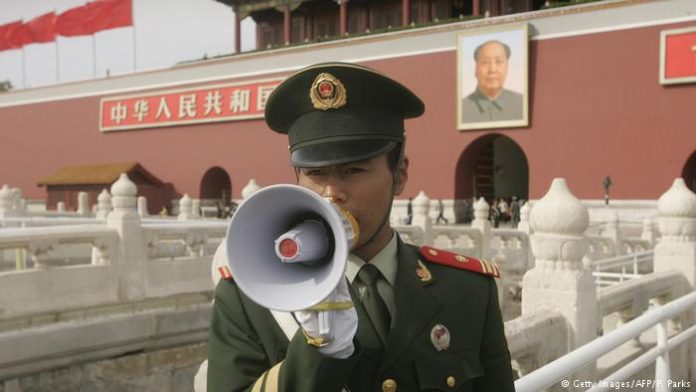
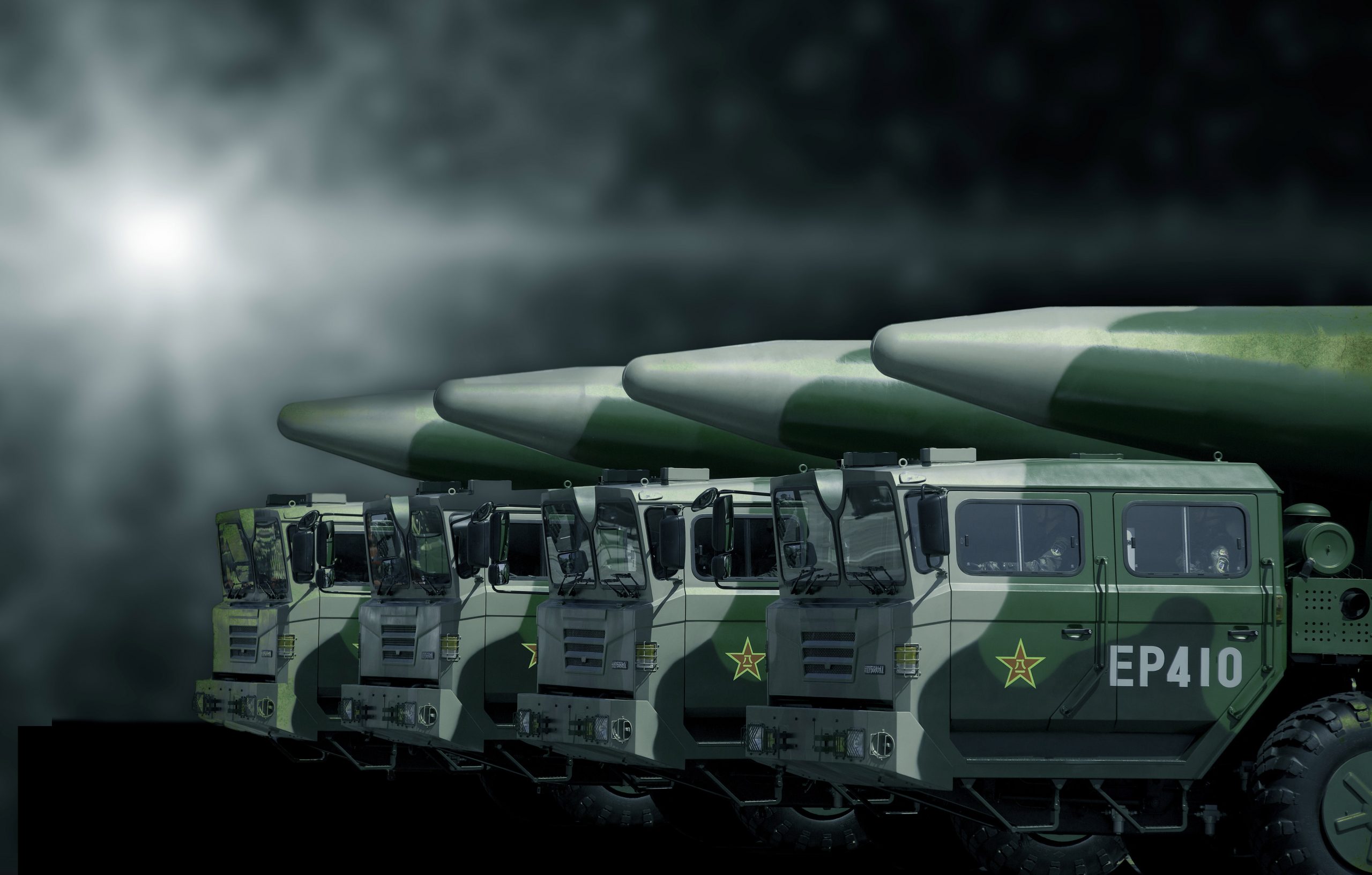

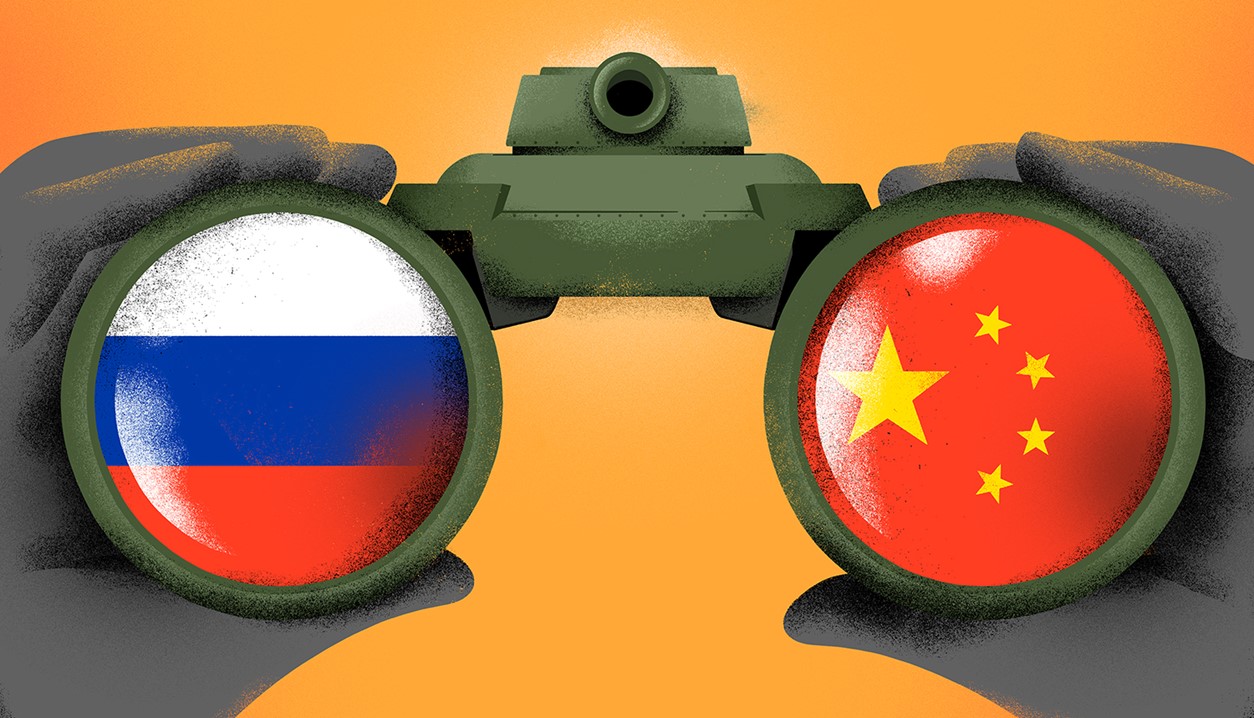

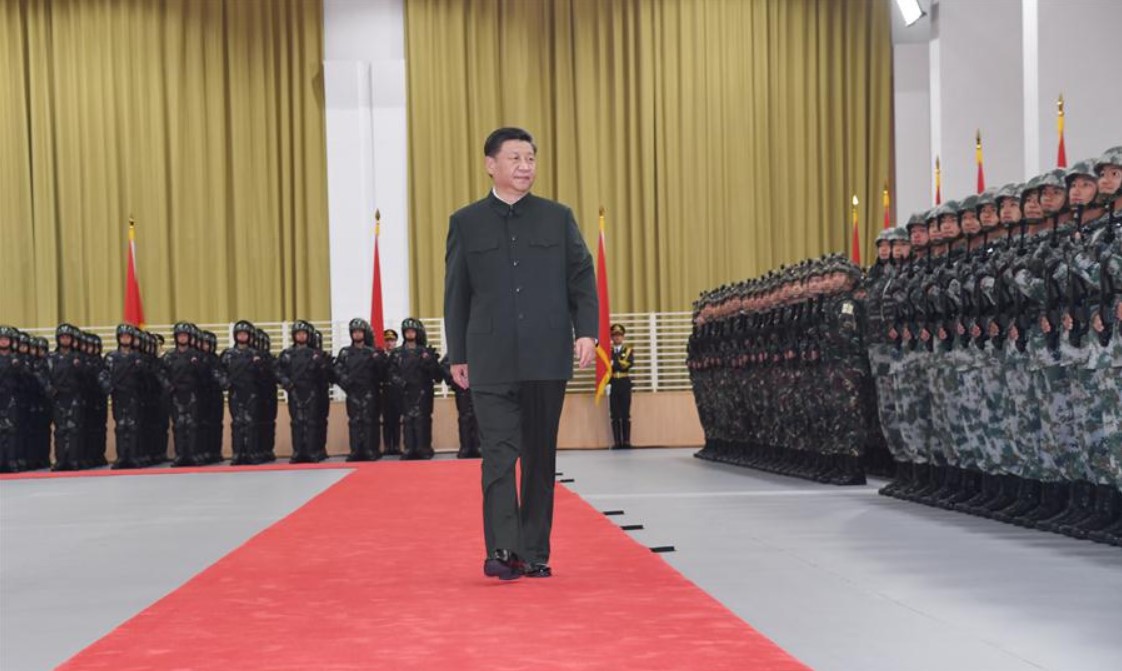

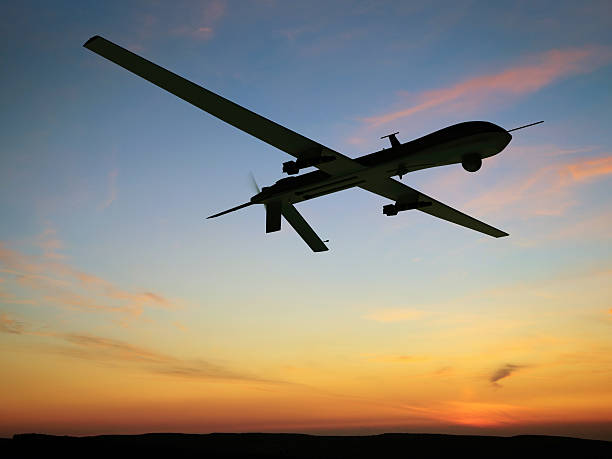
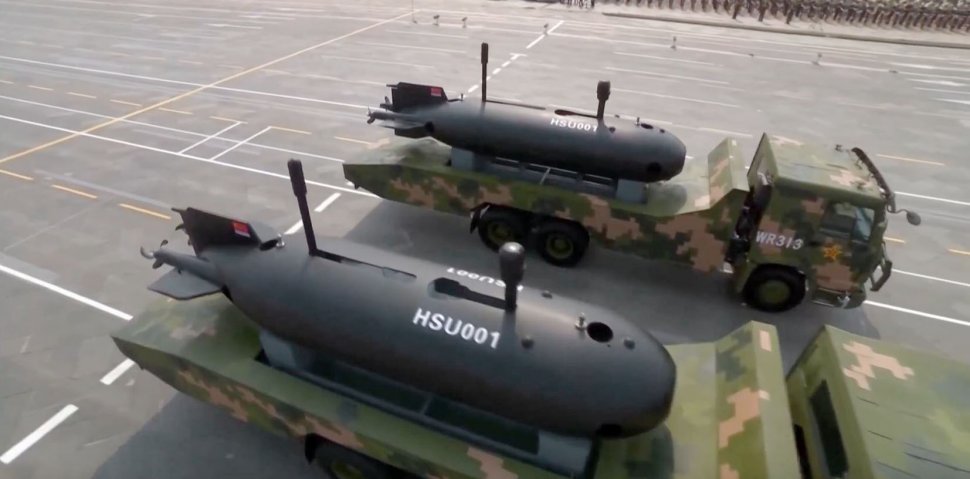






POST COMMENTS (12)
Kalidan Singh
Levina
ST
ST
Cdr Deepak Singh Retd
Atul Dewan
nitin
Wendell Bruges
Anupam
Sukhjit Singh
Aninda Mukherjee
Deovrat Pagay